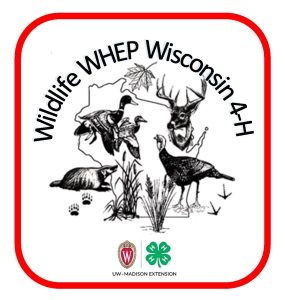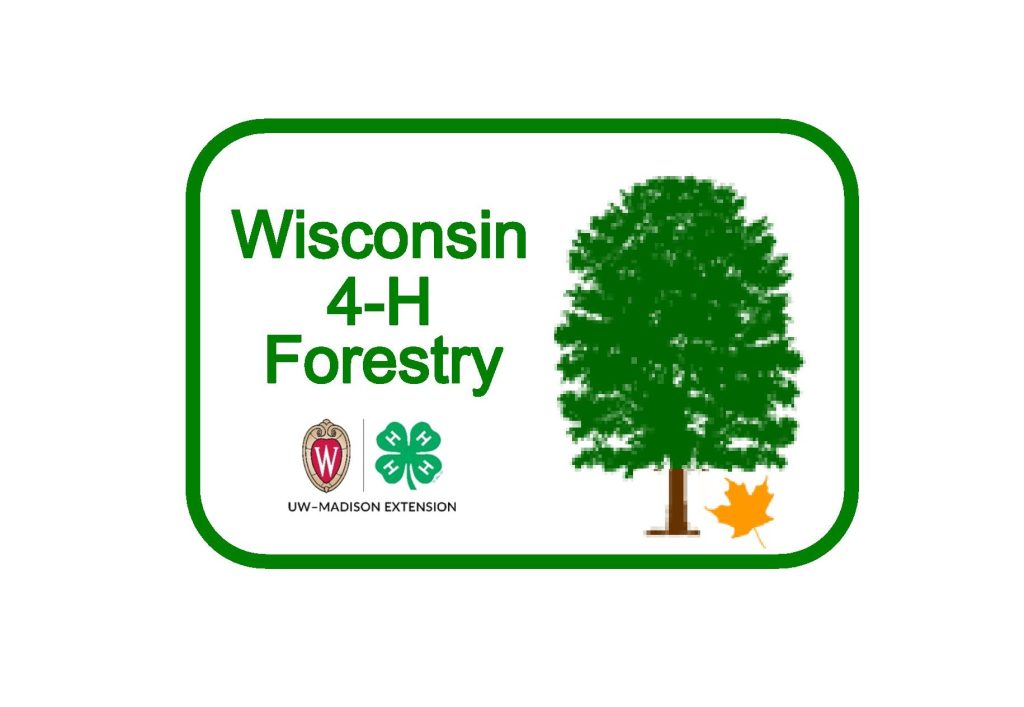Home » 4-H Opportunities » Projects » Environmental/Outdoor Education » Wildlife & Habitat » Backyard & Back 40
Backyard & Back 40

“Backyard & Back 40 Activities”
Wildlife & Forestry

Note: Participation in Wildlife WHEP Wisconsin 4-H & Wisconsin 4-H Forestry activities are open to all enrolled Wisconsin 4-H club members interested in wildlife and forestry. You can be enrolled in any 4-H project and participate in the activities.
We’ll introduce you to hands-on activities for your 4-H & community programs.
KITS-TO-GO (See separate listing) instructions are available to make your own hands-on activity boxes.
- Habitats & Foods – Forest, Prairie, Wetlands, & Urban – Every plant & animal has a home. Identify & find where everyone and everything lives. Why are foods found in certain places? Learn about foods & habitat requirements for various critters.
- Wildlife ID, Viewing Wildlife & Camera Hunting – Enjoy safely searching for wildlife and do some camera hunting to record those memories. It’s a family activity you can do all year. Trail cameras record wildlife activities, too.
- Backyard Birds, Migrating Land Birds, & Bird Watching – Birds come to visit us every year and even some are resident birds. Maintaining bird feeders, providing nesting materials, & housing is important. Some family bird watchers keep notes on the date of first arrival every year. A log on birds you have seen brings back memories.
- Building Butterfly & Rain Gardens – Plant wildflowers, especially native species, establish rain gardens and
use rain barrels to collect rainwater. Building butterfly houses will help keep the butterflies in your area. - Milkweed & Monarch Butterfly Project – Harvest milkweed seeds in fall, follow the winter instruction and plant them in spring. It is easy to raise butterflies in the summer & watch them fly away.
- Purple Loosestrife Beetle Growing Program – Raise purple loosestrife beetles as a bio-control method for preventing the spread of the invasive species, purple loosestrife. Details are provided on plants, collecting beetles, raising the beetles, and releasing them. Permits are required.
- Building Bat Houses – Bats eat 4-8,000 mosquitoes each night, so fewer mosquitoes will be biting you. Build bat houses and mount them high off the ground. Bats may not move into your bat house for several years until they know it’s safe to move in.
- Pollinator Habitat Improvement – One out of every 3 bites of all foods need insect pollination. Plant wildflowers & build bee houses. Don’t mow your lawn for 2 weeks in spring. Bees are our buddies – honey is good too.
- Upland Bird Habitats – Learn how to identify different upland game bird species, their various foods, and habitat. Learn how to use different management practices to increase the bird populations.
- Water & Riparian Area Improvements – A riparian area is the land near a river, stream, pond, lake, or wetland area. This vegetation reduces erosion and provides habitat for wildlife and aquatic critters. Water quality is improved. Let’s catch some fish in cleaner water.
- Tree Management, Planting A Renewable Resource, & Recreation – Plant trees for the wildlife & the landscape in your area. Enjoy the forests for recreation, food, & hunting. Learn more about this renewable resource & forestry management practices. More trees = more fun & more wood. Identify trees by their shape, bark, & leaves.
- Maps, Topography, Compass, GPS, & Geocaching – Maps show physical features of our surroundings. They have nice to know map symbols. Learn how to use a compass, about GPS, & enjoy geocaching, too.
- Wildlife & Forestry Art – Enjoy using age specific hands-on art activities while learning more about wildlife & forestry. Share those memories with your family and friends. Developing your creative skills can lead to many lifelong hobbies and maybe even your career.
- Forestry – Tree Identification & Measurements – Identify leaves, seeds, bark, tree shapes, and more. Learn how to determine tree diameters and heights. How old is that tree?
- Seasons for Wildlife & Trees – Wildlife & trees always know what season is here. They know a lot about forecasting the weather & seasonal changes. Do you know the signs?
Kit to Go Activity Boxes
There are 15 different Backyard & Back 40 wildlife & forestry-related programs. Each program offers many different hands-on educational opportunities for kids and adults of all ages. Programs can be presented by your own 4-H youth & adult leaders. We’ll provide the instructions for you to build your own 4-H Club “Kit-To-Go” hands-on activity boxes.
“Special Thanks” are extended to the following for making the “Wildlife WHEP Wisconsin 4-H” & “Wisconsin 4-H Forestry” programs.
Advisor: Carlea Liermann, Calumet County 4-H Program Educator.
Barb & Norb Yogerst and Al & Donna Gross, Committee Members
For more information, contact Norb and Barb Yogerst at wi4hwildlifeforestry@gmail.com.





